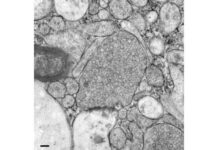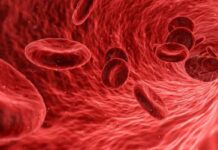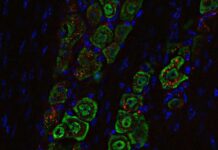A technique commonly used in medical imaging is being repurposed as a novel tool for restoring blood flow in tissue injured by disease, injury, or reconstructive surgery. Biomedical engineers at the University of Rochester use ultrasound waves to organize endothelial cells. And the building of blood vessels, into patterns that can encourage the formation of new artery networks in just a few days.
Diane Dalecki, the Kevin J. Parker Distinguished Professor in Biomedical Engineering and director of the Rochester Center for Biomedical Ultrasound said
We developed a novel technique using some of the forces associated with an ultrasound field called acoustic radiation force to act on cells in a material to move them to different spatial locations,”
He further said
By changing the frequency of the sound fields, we can control the distance between how the cells are patterned. Depending on the patterning we use, we can create different types of blood vessel morphologies.”
A team led by Dalecki and Denise Hocking, a professor of pharmacology and physiology and biomedical engineering. They used the approach to construct tissue with new blood vascular networks in vitro. In their recently published research, scientists discovered that sonic patterning can also create new blood arteries within the body.
The initial phase of the study will be to determine the optimal cell and hydrogel combinations for forming new blood vessels. The team aims to obtain the required host of cells from a patient’s adipose tissue. Thereby bypassing the laborious process of removing stem cells from bone marrow.
To do the process in vivo, we also need to develop some new instruments,” adds Dalecki. “A transducer and a reflector serve as the parts of the method we employed outside the body. However, a reflector cannot be placed inside the body. We are testing two methods: the first creates a non-invasive acoustic standing wave field inside the body using two intersecting ultrasonic beams. And the second employs a holographic lens transducer with a 3D-printed mask.”
According to the researchers, the method’s potential medical applications include wound healing, plastic surgery, and cancer surgery.




